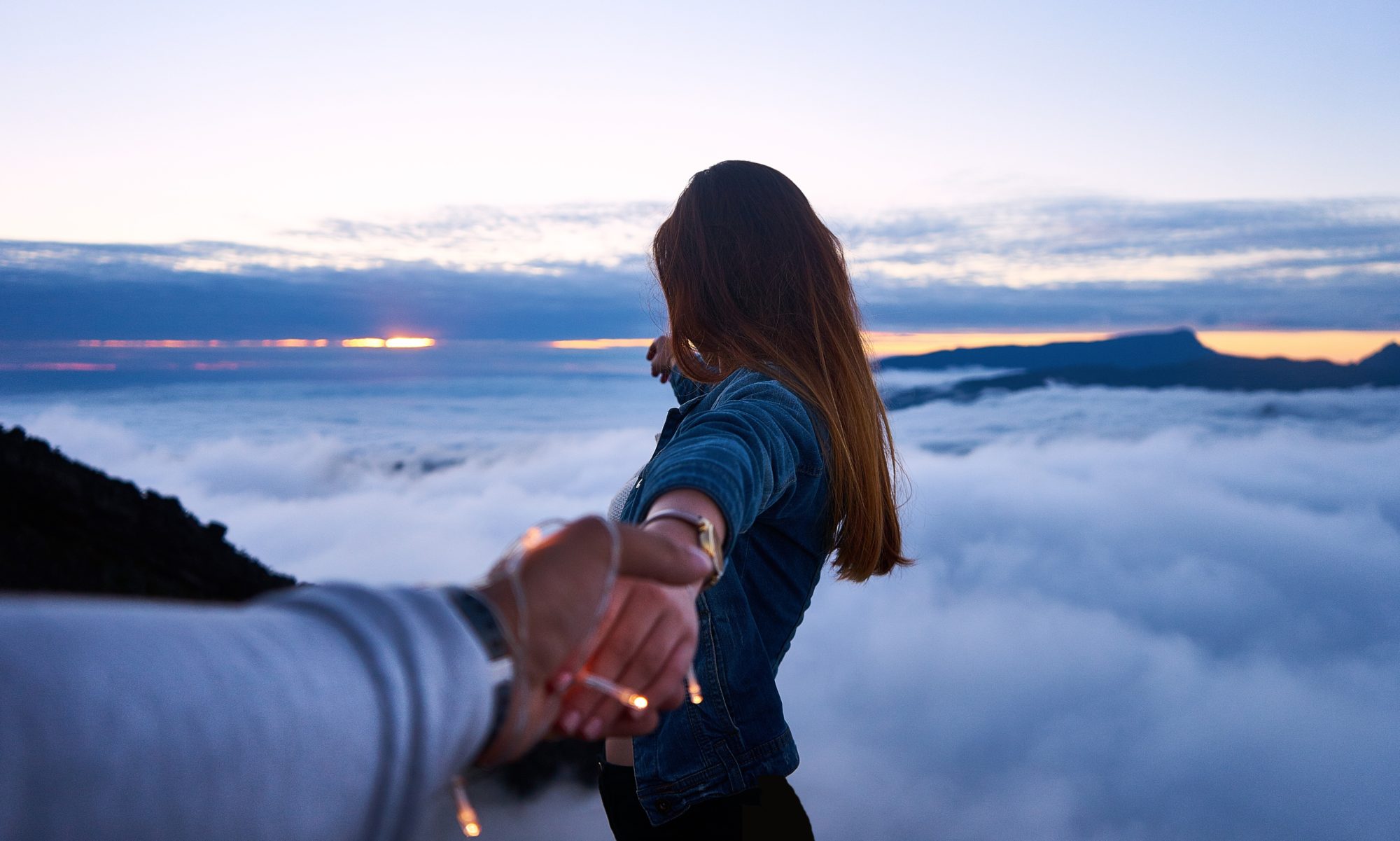
Shopping for groceries online is not a new thing but its become almost a necessity during the Covid-19 pandemic. With social distancing mandates we can put in a grocery order online and then pick it up curbside at the store. Online shopping with curbside pick-up is available at several stores in my area: Meijer, Kroger, Busch’s, and Walmart. (Aldi also offers curbside pick up but requires an Instacart subscription.) The fee’s for using these services vary from free to $6.95. I put in several orders at Meijer, Kroger, and Busch’s. Here is what I learned.
Curbside Pick-Up Comparison
| Store | Fee | Website | Mobile App |
|---|---|---|---|
| Busch's | $6.95 | Buschs.com | None |
| Kroger | $4.95 (First 3 Free) | Kroger.com | iOS and Android |
| Meijer | $4.95 | Meijer.com | iOS and Android |
| Walmart | Free | Walmart.com | iOS and Android |
Each store allows you to place your order using their website. Some also have a mobile app. My experience placing an order at each store was very different. Busch’s website was not very user friendly. Unlike the Meijer site and the Kroger site, Busch’s does not offer guidance on order quantities. For example, when ordering 8 chicken thighs I had to figure out how many pounds this would be since the number of pounds is the only option for the required entry. This took more time to place the order because I am more of a visual shopper. I know how many of something I need, not necessarily the number of pounds or ounces. This difficulty was glaringly apparent when I reviewed my order and discovered I was about to buy $63 worth of dates! Meijer allows entries by “pack” or “package” with a photo of the item. However, I had to switch departments when shopping for non-grocery items such as tooth paste or antibiotic ointment. I found the Kroger site to be the most user friendly by listing the usual number per package in the item description. I could also search for my non-grocery items with the same search engine. Overall, I found the Meijer and the Kroger sites much easier to shop with confidence that I was going to get what I wanted.
Two of the three stores I shopped also offered a mobile app, Meijer and Kroger. The Meijer app never really worked for me. The first time I tried it it came up as gibberish and code. The two times after, I was unable to find the order I had already started from my computer. The Kroger app worked perfectly and synced my order from computer to phone allowing me to quickly add items to my cart whenever they came to mind.
Once your order is placed you can select curbside pickup. For $6.95 Busch’s allowed me to pick up my order in 24 hours. The wait at Kroger was much longer 5 – 6 days. Although, their pick-up fee is less $4.95 (free for me since Kroger does not change for the first three pick-ups.) I was also able to add or modify my order up to 24 hours before the scheduled pick-up.
A week later I put in my Meijer order which only offered pick-up times two days out. With this smaller window, all of the possible pick-up times were taken. I’ve since discovered that all of the grocery stores have experienced an explosion of online shoppers. While stores are amping up their ability to accommodate the number of curb side pick-ups, shoppers should check the store website often to grab an available pick-up time. I am still working to place an order at Meijer. I expect this online/curbside pick-up trend to continue as the pandemic continues. Those of us hoping to join the trend will have to be patient as grocers scramble to adjust and hire more workers to keep up with this new demand.
Pick-up at Busch’s, like their website was a little unknown. I pulled up to the pick-up site at my scheduled pick-up time and called the number given to me on my confirmation email. The haggard clerk answered and told me that they would bring it out to me “when they get a chance”. About 15 minutes later a nice young man brought my order out and left me with the cart. The Kroger pick-up also took about 15 mins. I arrived at the pick-up site in the parking lot where the sign instructed me to call the number on the sign. A clerk answered and reviewed the process that was also included in my email confirmation. She told me to open my truck and sit in my car. An employee would bring me my order and load it into my car. Once the groceries were loaded I would need to close the truck. This happened as planned and I happily closed the truck once the employee left.
I did not receive a full order from either Busch’s or Kroger. The Busch’s order lacked sugar, and dates. The Kroger order was missing chicken thighs, and a cake mix. I was not charged for these missing items. Even with the missing items, my experience left me feeling safer and I hope to continue using this option even after the threat diminishes.


















